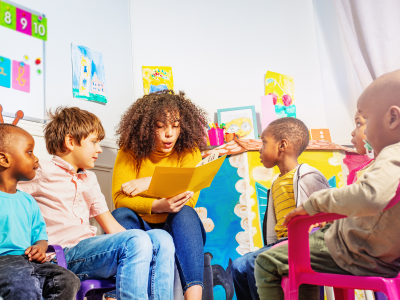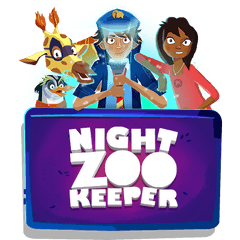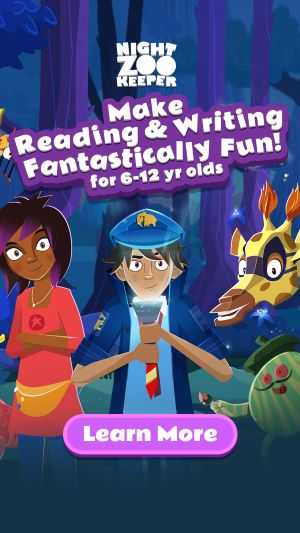Story Writing
Improve your child's story writing skills!

Home > Resources & Worksheets > Story Writing
Who doesn’t love a good story? Even as a young child starting school, your child will already be familiar with several different stories, and may even be able to retell their favorites!
Story writing teaches your child about the importance of planning, improves their descriptive skills, and nurtures their creativity.
This section of our website includes everything your child needs to know about story writing. We’ve included useful tips, activities, and free resources to transform your child into a budding young author!

What is story writing?
Story writing is a type of fiction writing that requires a lot of imaginative power and creativity! It includes careful planning and consideration of several components, from characters, to settings, to the genre of the story.
Stories stem from many different places, from the author’s own point of view or experiences, to old folklore tales, to scientific ideas. It can require no topical research at all (if the author decides to write a story from scratch), or be evidence-based, if the author chooses to write, for example, a science fiction story.
Whether the aim is to write a short story or a novel, there are some specific features to consider, which should always be kept in mind when writing a story.
How to write a good story
The story writing process is different for every author, but there are always common components that can be expected when writing a story. Here’s a step-by-step guide your child can follow when writing their own story:
- Before even starting the first draft, it’s important to brainstorm story ideas. Get your child to think about the kind of story they want to write, the genre of their story (thriller, fairytale, action, adventure,...), the number of characters in the story, where the story is set, and the general story plot.
- After this brainstorm, your child may feel overwhelmed and unsure of where to start. It’s always a good idea to start with the main character, as they’ll have an important role to play! What does their characters’ life look like? What is their personality like? How do they look and dress? These are all part of the character development process.
- Once the main character has been created, get your child to think of the potential problem or type of conflict they’ll have to face. Then think of a solution to this problem.
- When the story starts to take shape, it’s time to get serious! Encourage your child to think of the story structure - how does the story begin? What happens? How does it end?
- Will the story be written in first person, or third person? Will it offer different points of view?
Top tip: Watch out for plot holes - no one likes a story with loose ends!
For more tips and tricks on how to write a good story, check out these pages:
How Night Zookeeper can help
Our reading & writing program for kids helps children build their knowledge and understanding of the story writing process by providing them with thousands of games, challenges, and creative writing prompts.
Sign up to Night Zookeeper today to get a free 7-day trial!
More resources
Related content


Make Reading & Writing Fantastically Fun!
- Award-winning reading & writing program for kids
- Improves spelling, grammar, punctuation & vocabulary
- Over 1,000 different learning games and activities



